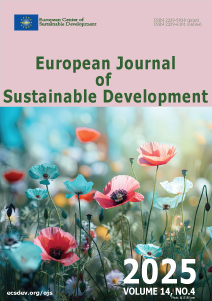Circular Business Models for Composting Waste Seaweed: Potential, Barriers, and Enablers
Keywords:
Circular Bioeconomy, Seaweed Valorization, Municipal Business Models, Waste-to-ResourceAbstract
This study examines circular business models for transforming beach-cast seaweed waste into high-value agricultural products within municipal contexts. We systematically reviewed 53 peer-reviewed publications (2017-2024) to analyze how coastal municipalities can convert problematic seaweed accumulations into revenue-generating compost and soil amendments. Our findings reveal that while implementation faces barriers including supply unpredictability, heavy metal contamination concerns, and regulatory constraints, these challenges are counterbalanced by rising fertilizer costs and growing policy support for circular bioeconomy initiatives. We propose four scalable business models, particularly on municipal service integration, which transform waste management costs into potential revenue streams while addressing how municipalities can operationalize circular bioeconomy principles through concrete, implementable strategies. Success requires coordinated intervention across technology, supply chain design, and regulatory frameworks.
Keywords: Circular Bioeconomy; Seaweed Valorization; Municipal Business Models; Waste-to-Resource
Downloads
Published
How to Cite
Issue
Section
License

This work is licensed under a Creative Commons Attribution-NonCommercial 4.0 International License.





